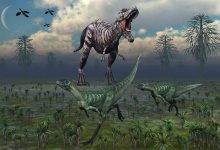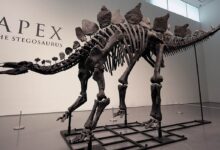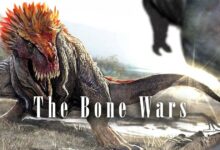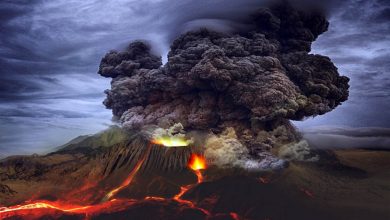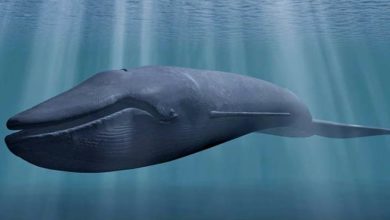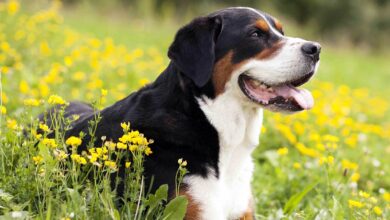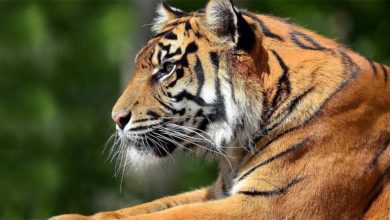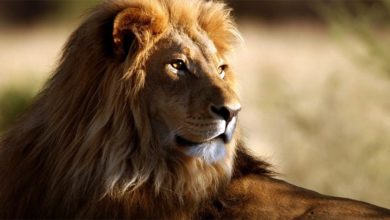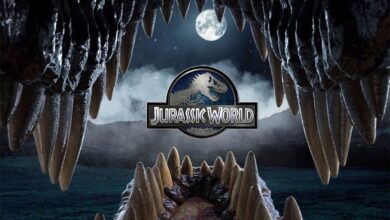Austroraptor
Austroraptor – a southern robber
One of the largest raptors
Many known theropods have the ‘raptor’ part in their names. It is Latin and describes someone who reaches goals with brute force. Therefore, the simplest description is a thief, robber. Conceivably this was the nature of all ‘raptor’ dinosaurs.
Austroraptor is one of the so-called ‘robbers’, which might have been a very fast, dexterous and effective predator. With good adaptation to running, he was also able to escape dinosaurs bigger and more dangerous than him.
As it was discovered relatively recently, many aspects of this theropod`s life remain a mystery. However, it does not prevent us from creating more or less probable theories about its life and habits.
Classification
- Kingdom: Animalia
- Clade: Dinosauria
- Order: Saurischia
- Suborder: Theropoda
- Family: †Dromaeosauridae
- Subfamily: †Unenlagiinae
- Genus: †Austroraptor
- Species: †Austroraptor cabazai

Range and dating
In 2008 in Argentina (Rio Negro province) the Austroraptor fossil remains were found. They rested in the Allen formation and were dug out by Phil Currie and Paulina Carabajal. The age of the fossilized bones was estimated to be around 70 million years, which means the dinosaur lived in Late Cretaceous. The fossil find includes: skull, several cervical and thoracic vertebrae, ribs, humeri and rear limb bones.
It shared its habitats with mammals, pterosaurs and titanosaurs such as Saltasaurus and Rocasaurus muniozi.

Characteristics
Appearance
Despite a rather poor fossil material, it allowed discovering features unique among other Dromeosaurs. It was one of the largest dinosaurs in its family – it was about 5 meters (16.4 ft) long (snout to tail). The found skull, 80 cm (31.5 in) long, is low and more elongated than in case of its relatives.
The structure indicates weak biting muscles – resulting in a weaker bite force. Another feature unique among Dromeosaurs were the teeth – they were conical, instead of flattened and serrated as for its cousins. Therefore, Austroraptor had teeth adapted to holding down prey- similar to Spinosaurus.
The humeri accounted for less than half-length of its thigh bone. Few discovered Dromeosaurs had front limbs reduced to such an extent (dinosaurs of the Tianyuraptor genus had similar limb structure).
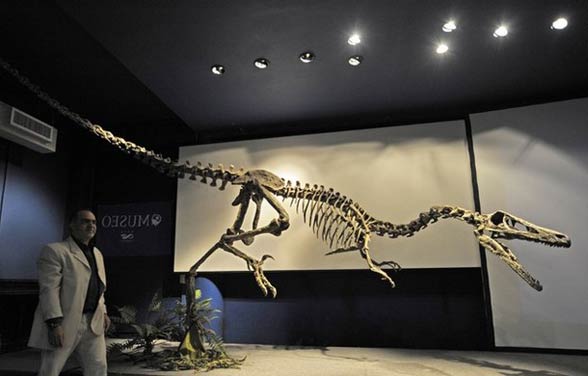
Diet
Their cousins with better-developed front limbs could have used them better than Austroraptors during hunts. The reduced arms rule out the possibility of jumping at larger prey and holding it down. As a result, Austroraptor may have hunted only for smaller creatures.
Supposedly, this theropod focused only on one kind of prey.
Apart from the ability to hunt for small animals, Austroraptor may have also been a scavenger. However, it does not explain such a peculiar teeth formation. Such teeth may have been used for catching small and/or slippery prey (e.g. fish). Falcate claws, similar to Spinosaurus, may have been used to shred the hunted victims to pieces. Withal, Austroraptor claws appear to have been better adapted to piercing flesh than cutting through it (although they could have portioned the dinosaur`s food).
It seems that it was large and fast enough to hunt for smaller, swift creatures. Its speed could have been useful in avoiding confrontations with larger predators.

Detailed characteristic / size
Austroraptor
- Body length: 4.8-5 m (15.7-16.4 ft)
- Dating: 70 million years ago
- Epoch: Late Cretaceous
- Age: Campanian – Maastrichtian
- Range: modern Argentina, Rio Negro province

Austroraptor – interesting facts
- The genus name may be translated to ‘southern robber’. It is a combination of Latin auster (‘south wind’) and raptor (‘thief’).
- Austroraptor, despite being smaller than Utahraptor, is considered the largest from the Dromaeosauridae family, which was discovered so far in South America
- The length of the Austroraptor`s arms causes that many compare it to the tyrannosaurs.

Main image credits: Rodrigo Vega.
Recommended
- Dinosaurs
- Predatory dinosaurs
- Animals & dinosaurs records
- The fastest animals – Top 100
- The fastest birds – Top 10
- The longest dinosaurs. Sauropods Top 10
- The heaviest dinosaurs – Top 10
- The longest predatory dinosaurs. Theropods Top 10
- The heaviest predatory dinosaurs Top 10
- The longest and largest ornithopods
- The heaviest ornithopods Top 10
- The longest and largest ceratopsians
- The smallest dinosaurs Top 10
- The smallest sauropods Top 10
- The largest pterosaurs Top 10


